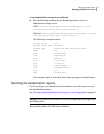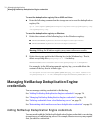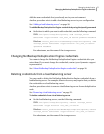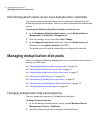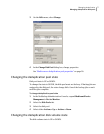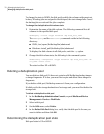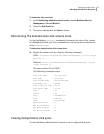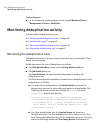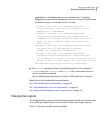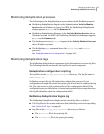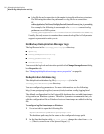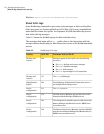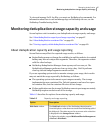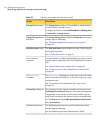
applicable) to a load balancing server for deduplication. Typically,
deduplicationrates forthat information arezero orvery low.The following
job details excerpt is an example of the two rates:
10/8/2009 11:54:21 PM - Info DedupeServer(pid=2220)
Using OpenStorage client direct to backup from client
DedupeClient to DedupeServer
10/8/2009 11:58:09 PM - Info DedupeServer(pid=2220)
StorageServer=PureDisk:bitume; Report=PDDO Stats for
(DedupeServer): scanned: 3423425 KB, stream rate: 200.77
MB/sec, CR sent: 122280 KB, dedup: 96.4%, cache hits:
49672 (98.2%)
10/8/2009 11:58:09 PM - Info DedupeServer(pid=2220) Using
the media server to write NBU data for backup
DedupeClient_1254987197 to DedupeServer
10/8/2009 11:58:19 PM - Info DedupeServer(pid=2220)
StorageServer=PureDisk:DedupeServer; Report=PDDO Stats
for (DedupeServer): scanned: 17161 KB, stream rate: 1047.42
MB/sec, CR sent: 17170 KB, dedup: 0.0%, cache hits: 0 (0.0%)
the requested operation was successfully completed(0)
■ The bpdbjobs command shows the deduplication rate if you configure a
COLDREFS entry for DEDUPRATIO in the bp.conf file on the media server on
which you run the command.
See the NetBackup Administrator's Guide for UNIX and Linux, Volume II.
Many factors affect deduplication performance.
See “About deduplication performance” on page 32.
See “About deduplication server requirements” on page 23.
See “About client deduplication host requirements” on page 25.
Viewing disk reports
TheNetBackup diskreports includeinformation about thedisk pools,disk storage
units, disk logs, images that are stored on disk media, and storage capacity.
Table 6-1 describes the disk reports available.
81Managing deduplication
Monitoring deduplication activity



